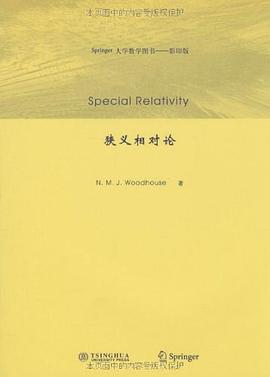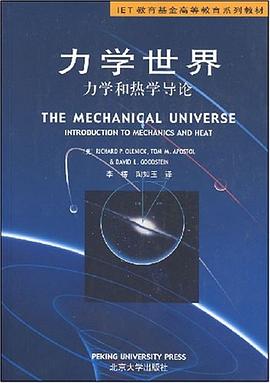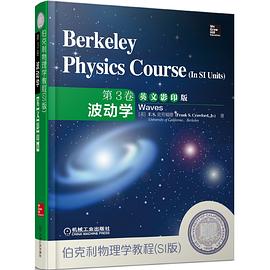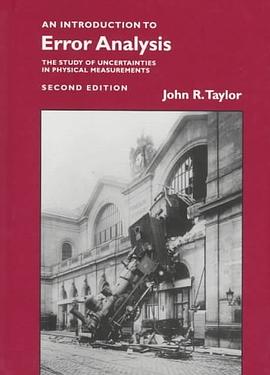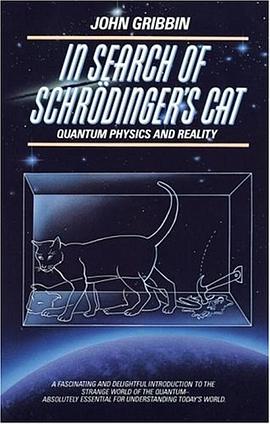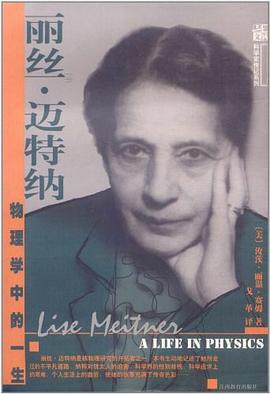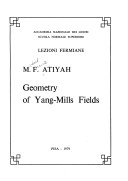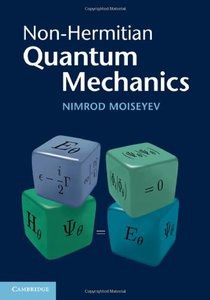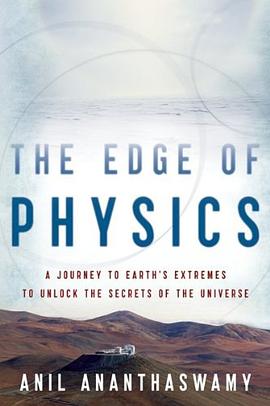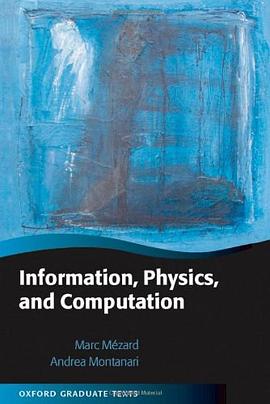1. Relativity in Classical Mechanics
1.1 Frames of Reference
1.2 Relativity
1.3 Frames of Reference
1.4 Newton's Laws
1.5 Galilean Transformations
1.6 Mass, Energy, and Momentum
1.7 Space-time
1.8 *Galilean Symmetries
1.9 Historical Note
2. Maxwell's Theory
2.1 Introduction
2.2 The Unification of Electricity and Magnetism
2.3 Charges, Fields, and the Lorentz Force Law
2.4 Stationary Distributions of Charge
2.5 The Divergence of the Magnetic Field
2.6 Inconsistency with Galilean Relativity
2.7 The Limits of Galilean Invariance
2.8 Faraday's Law of Induction
2.9 The Field of Charges in Uniform Motion
2.10 Maxwell's Equations
2.11 The Continuity Equation
2.12 Conservation of Charge
2.13 Historical Note
3. The Propagation of Light
3.1 The Displacement Current
3.2 The Source-free Equations
3.3 The Wave Equation
3.4 Monochromatic Plane Waves
3.5 Polarization
3.6 Potentials
3.7 Gauge Transformations
3.8 Photons
3.9 Relativity and the Propagation of Light
3.10 The Michelson-Morley Experiment
4. Einstein's Special Theory of Relativity
4.1 Lorentz's Contraction
4.2 Operational Definitions of Distance and Time
4.3 The Relativity of Simultaneity
4.4 Bondi's k-Factor
4.5 Time Dilation
4.6 The Two-dimensional Lorentz Transformation
4.7 Transformation of Velocity
4.8 The Lorentz Contraction
4.9 Composition of Lorentz Transformations
4.10 Rapidity
4.11 *The Lorentz and Poincare Groups
5. Lorentz Transformations in Four Dimensions
5.1 Coordinates in Four Dimensions
5.2 Four-dimensional Coordinate Transformations
5.3 The Lorentz Transformation in Four Dimensions
5.4 The Standard Lorentz Transformation
5.5 The General Lorentz Transformation
5.6 Euclidean Space and Minkowski Space
5.7 Four-vectors
5.8 Temporal and Spatial Parts
5.9 The Inner Product
5.10 Classification of Four-vectors
5.11 Causal Structure of Minkowski Space
5.12 Invariant Operators
5.13 The Frequency Four-vector
5.14 *Affine Spaces and Covectors
6. Relative Motion
6.1 Transformations between Frames
6.2 Proper Time
6.3 Four-velocity
6.4 Four-acceleration
6.5 Constant Acceleration
6.6 Continuous Distributions
6.7 *Rigid Body Motion
6.8 Visual Observation
7. Relativistic Collisions
7.1 The Operational Definition of Mass
7.2 Conservation of Four-momentum
7.3 Equivalence of Mass and Energy
8. Relativistic Electrodynamics
8.1 Lorenz Transformations of E and B
8.2 The Four-Current and the Four-potential
8.3 Transformations of E and B
8.4 Linearly Polarized Plane Waves
8.5 Electromagnetic Energy
8.6 The Four-momentum of a Photon
8.7 *Advanced and Retarded Solutions
9. *Tensors and Isometrics
9.1 Affine Space
9.2 The Lorenz Group
9.3 Tensors
9.4 The Tensor Product
9.5 Tensors in Murkowski Space
9.6 Tensor Components
9.7 Examples of Tensors
9.8 One-parameter Subgroups
9.9 Isometrics
9.10 The Riemann Sphere and Spinners
Notes on Exercises
Vector Calculus
Bibliography
Index
· · · · · · (
收起)
